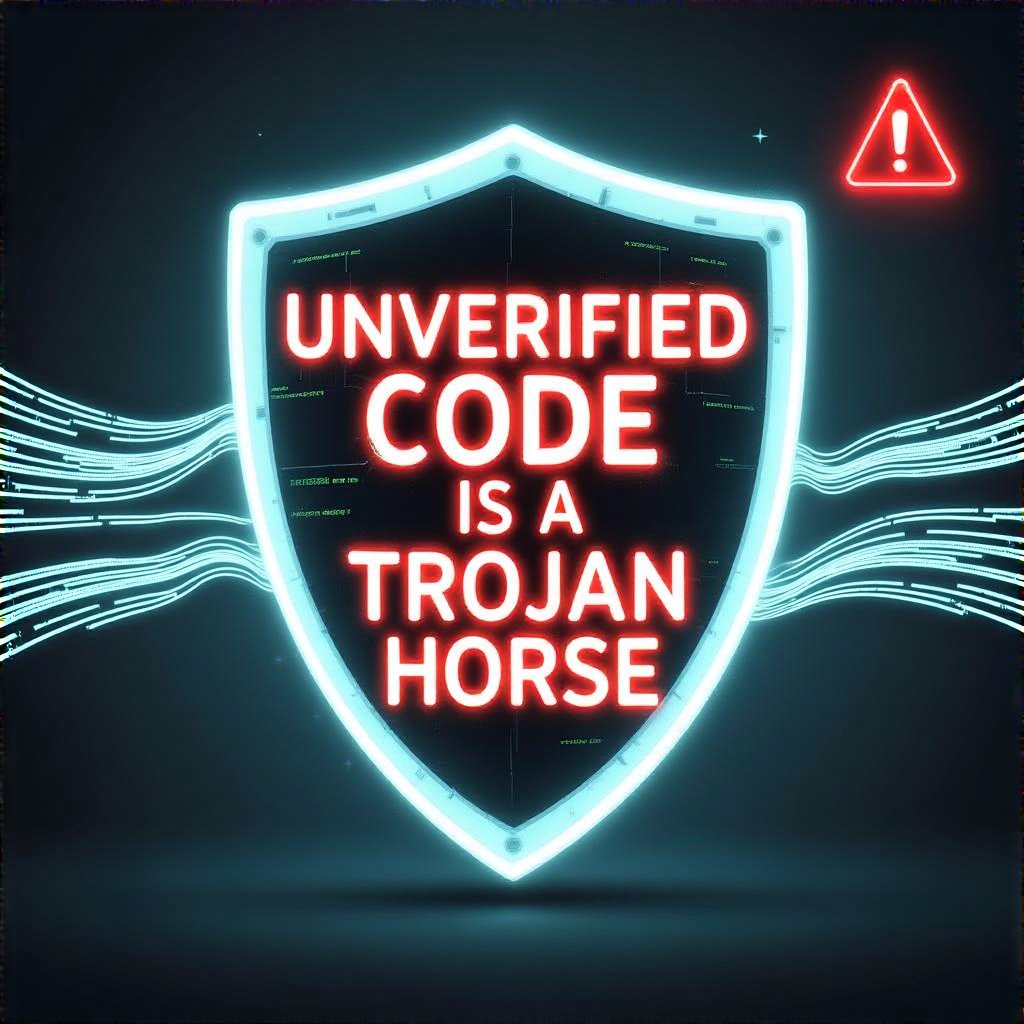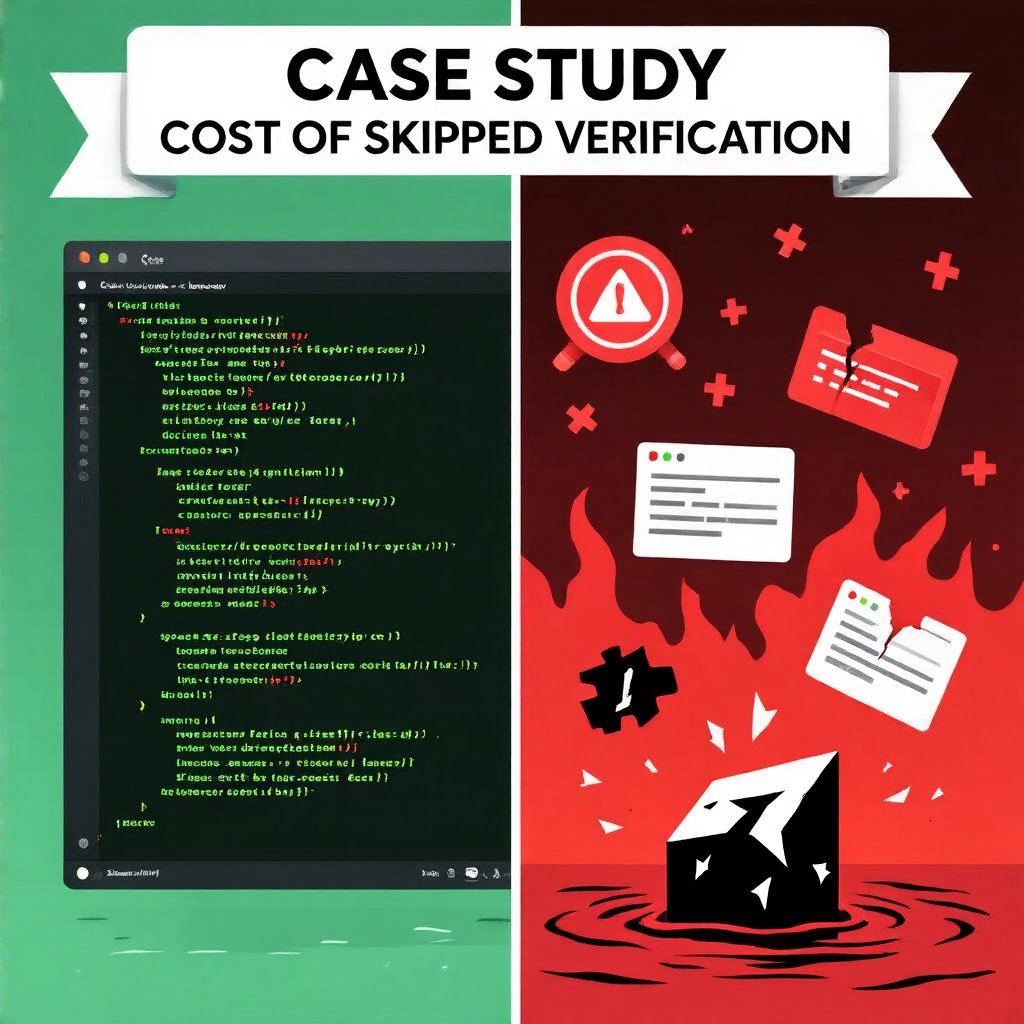The Dangers of Unverified Code in Blockchain Projects

In this high-stakes environment, trust hinges on verified code. Yet many projects launch with unverified code, exposing an invisible attack surface for malicious actors. Unverified source code acts as a Trojan horse, hiding vulnerabilities that can be exploited at any moment.
- Why Verification Matters
- Implications of Unverified Code
- The Case of DVX: An Exemplar
- How to Trace Attack Surfaces
- Internal vs External Risks
- How to Protect Yourself
- Best Practices
- FAQ
Why Verification Matters
Code verification is not optional; it is the difference between resilience and collapse. Public, audited code enables investors to inspect behavior before they commit funds. According to Reuters, projects without verified code leave a tripwire for attackers, exposing users to front-running, reentrancy, and fund loss.
Implications of Unverified Code
- Increased likelihood of logic bombs—hidden code that activates under rare conditions.
- Exploitable vulnerabilities lurk in the shadows of omitted audits.
- Loss of trust; once code remains unverified, stakeholders question every transaction, threatening survival.
The Case of DVX: An Exemplar of Neglected Verification
DVX illustrates what happens when verification is skipped. Investigations show the source code lacked reputable audits, creating a fertile ground for attackers to locate gaps, exploit them, and hasten the project’s demise. This is not fiction; it’s a preview of what unchecked ambition can produce. Similar patterns are discussed in Understanding Project Abandonment Patterns in Blockchain.

How to Trace Attack Surfaces
Security analysis requires mapping every possible path an attacker might take. A disciplined approach:
- Identify permission hierarchies—what the contract can do versus what it promises.
- Inspect for hidden permissions or privileged functions that could be abused.
- Detect if any module acts as a logic bomb, waiting for a trigger.
- Cross-check external calls, time-locked features, and fallback patterns that may be exploited.
- Test against known attack patterns using reputable audit reports and threat intelligence; for scaling insights, see ZK-EVM technology.
Investors and developers must scrutinize source code diligently, especially in projects that skip verification steps.

Internal vs External Risks
Threats come from outside and inside. External exploits are obvious, but negligent coding or deliberate backdoors pose equally grave risks. Verification acts as a security lens that reveals both, turning risk into transparency—if you’re willing to pay the price in time and resources.
How to Protect Yourself
- Prioritize projects with publicly verified code repositories.
- Consult independent audits and security reports—look for external validation; see the patterns in exit-scam patterns.
- Be wary of projects that dismiss verification as optional or too costly.
- Stay informed about ongoing vulnerabilities in popular protocols; always cross-check with trusted sources like Reuters.
- Where appropriate, apply defense-in-depth: layered audits, bug bounty programs, and robust permission controls. As exit-scam patterns warn, skip verification at your peril. For governance and legitimacy checks, see KYC practices.
- Leverage risk-management frameworks discussed in DeFi risk management strategies to structure due diligence and incident response planning.
Best Practices
| Practice | Why it matters | Example |
|---|---|---|
| Public verification | Public repositories enable community review and accountability | Publish source code with open issues |
| Independent audits | Third-party validation reduces blind spots | Audit reports from reputable firms |
| Threat modeling | Identify attack surfaces early | Regular threat modeling sessions |
| Red-teaming | Test defenses under simulated attacks | Bug bounties and controlled testnets |
FAQ
- What is unverified code? Code that has not undergone independent auditing or public verification, leaving hidden risks.
- How can verification be done? Through public repositories, formal audits, and ongoing monitoring.
- What are the main risks? Front-running, reentrancy, logic bombs, and strategic misrepresentation of capabilities.
